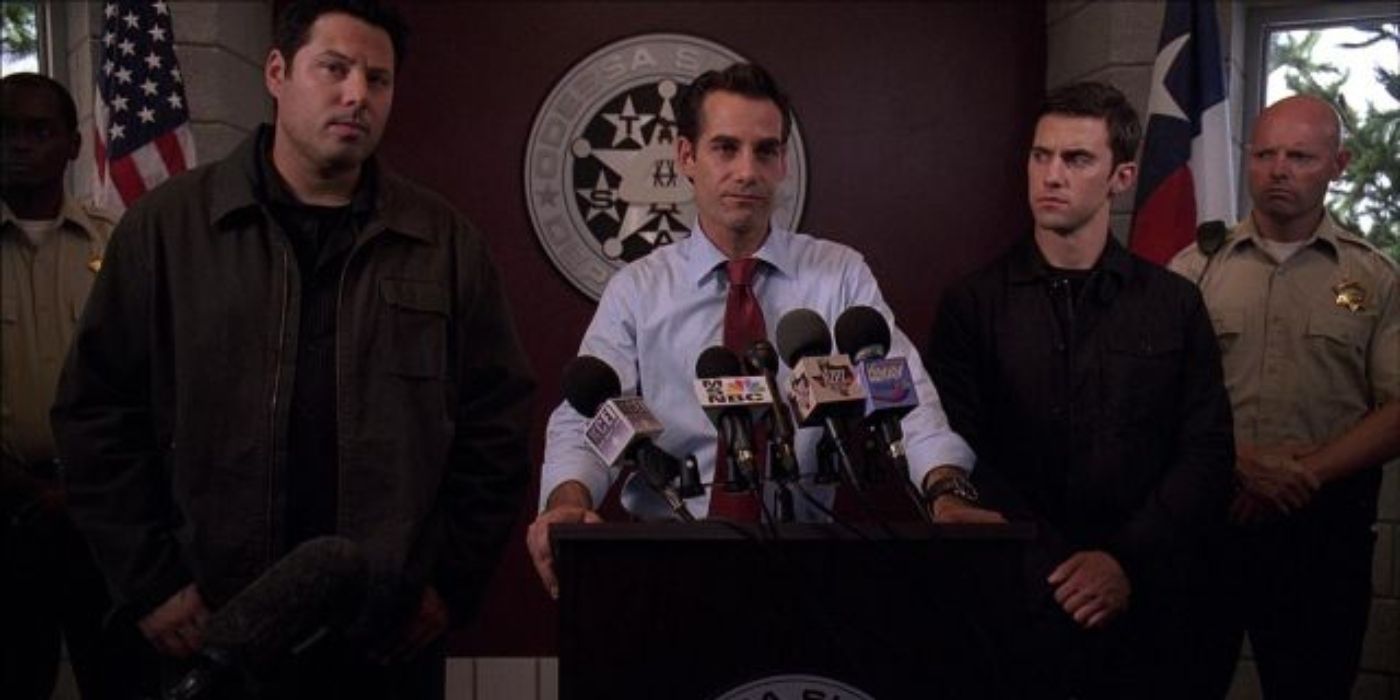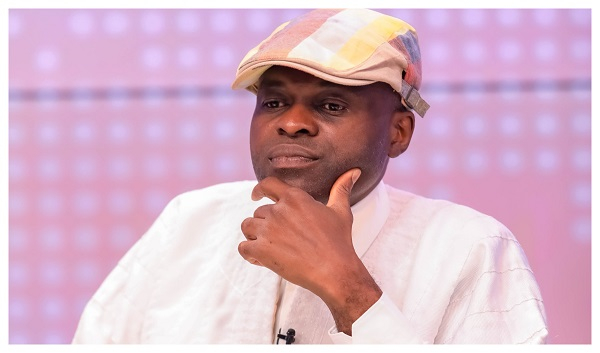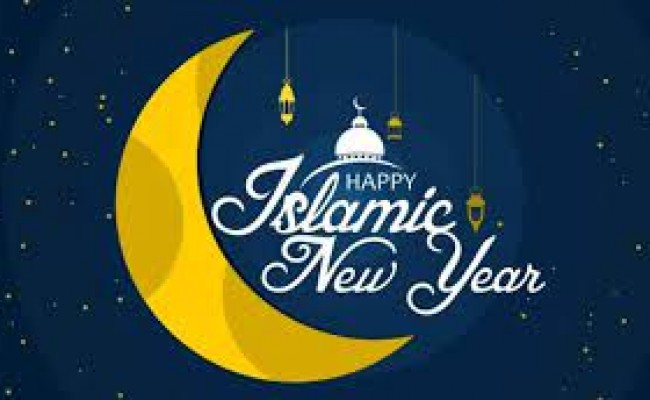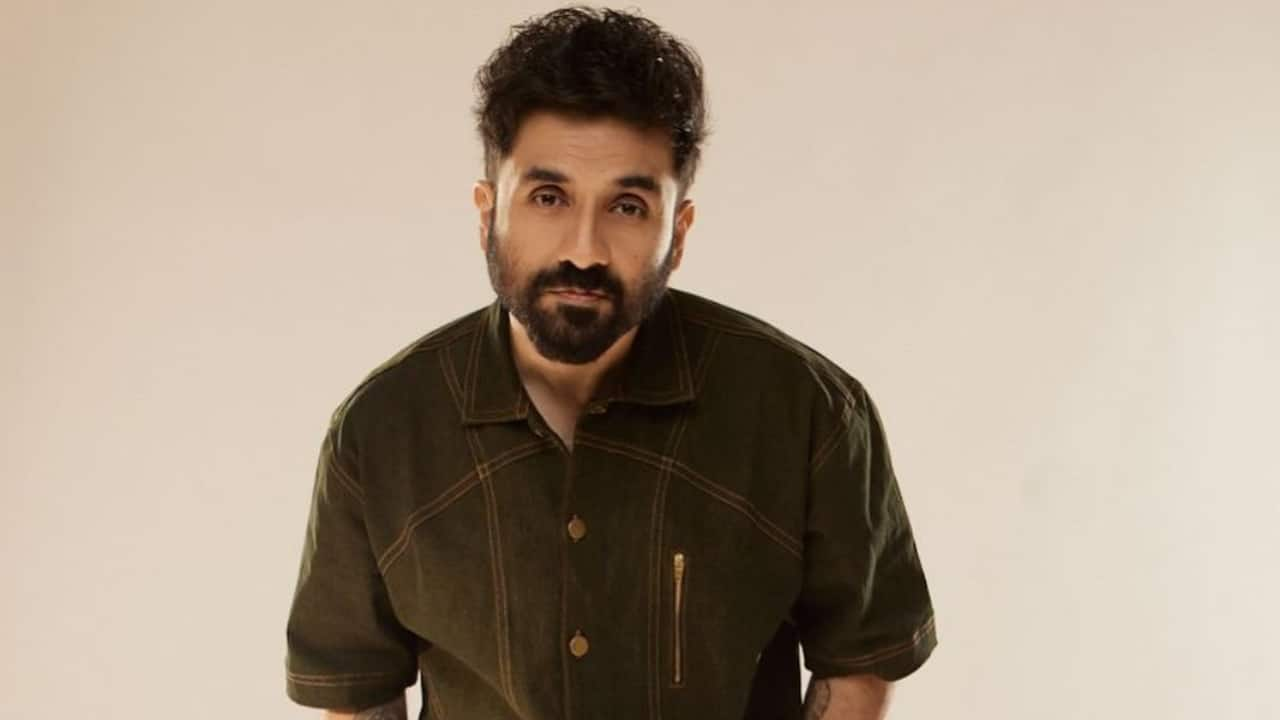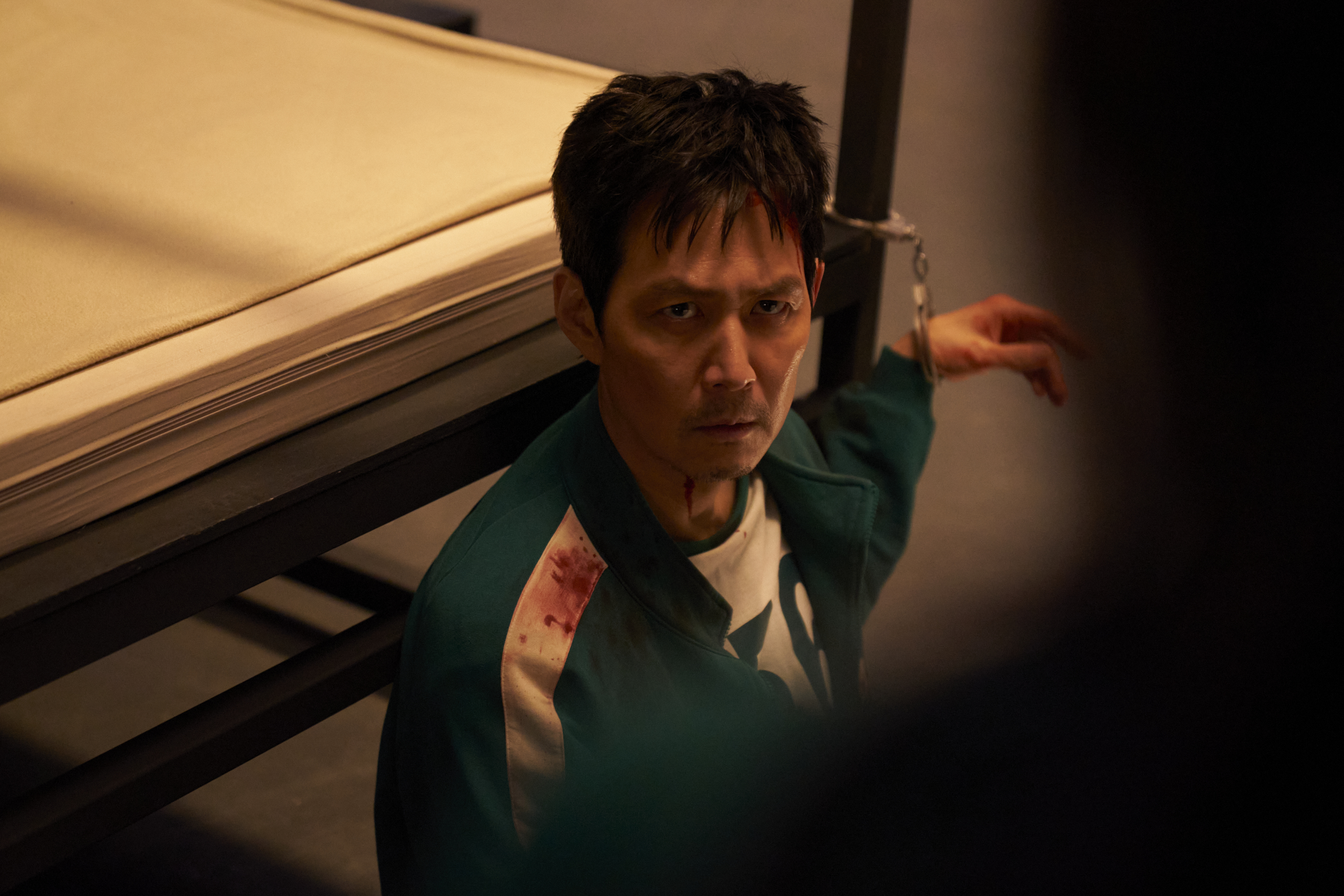When first hit screens in 2006, it was genuinely ahead of its time. Long before The Boys and Invincible deconstructed the superhero genre, Heroes told a grounded, character-driven story about what would happen if ordinary people suddenly developed extraordinary abilities. Its gritty tone, fractured timelines, and focus on everyday human drama elevated it above typical network fare. However, for all its brilliance, the problems with Heroes were always lurking in the shadows - and now, nearly two decades later, they’re harder than ever to ignore.
While Heroes remains a beloved cult classic, rewatching it with modern eyes reveals how frustratingly inconsistent it was. Like other mystery-box shows from the same era - Lost, FlashForward, Fringe - Heroes made a lot of big promises it couldn’t quite keep. Many of its ideas were brilliant on paper but poorly executed in practice, especially once the show lost momentum after its iconic first season. These problems with Heroes might’ve been forgivable in real time, but 19 years later, they’re glaring. For all the nostalgia and iconic moments, some things just don’t hold up.
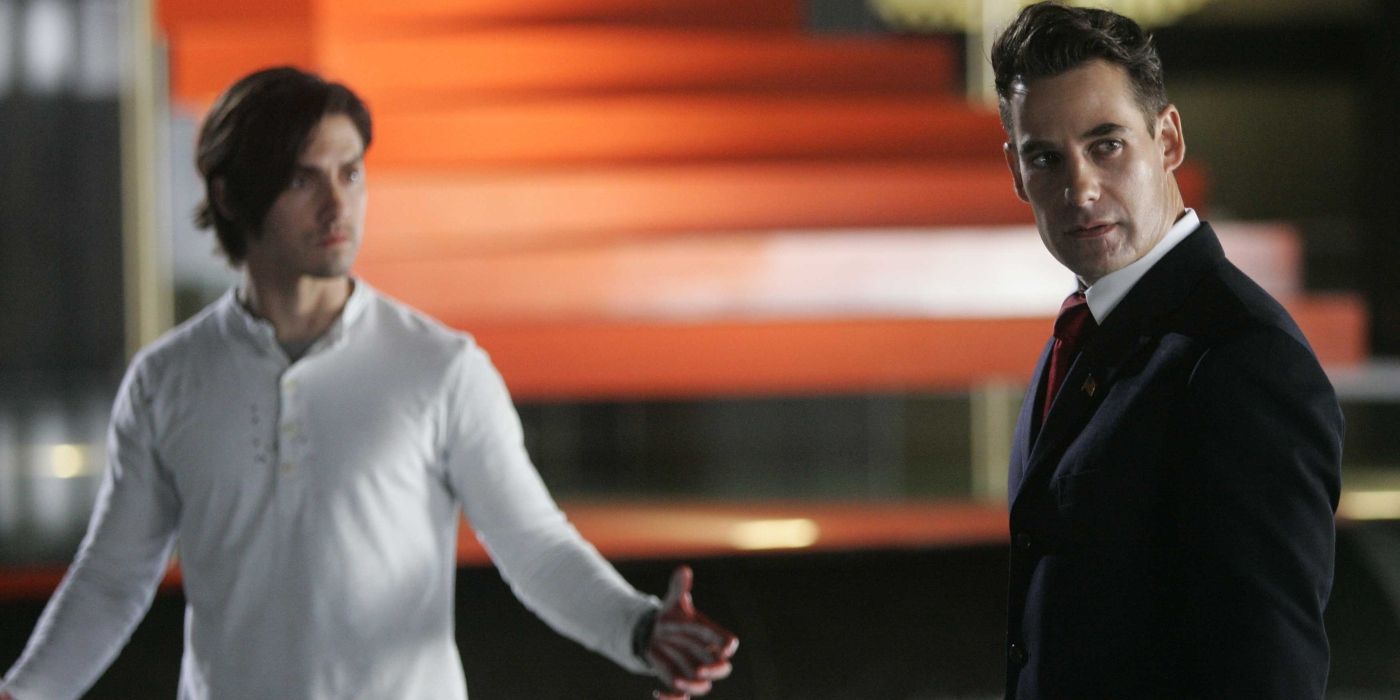
On a rewatch, the abruptness of Heroes season 2 isn’t just jarring, it’s baffling. The storylines are dropped mid-flow, cliffhangers feel artificial, and key plot developments are rushed to resolution. That’s because the 2007-08 WGA strike forced the season to end at episode 11 instead of the planned 24. It was a logistical nightmare for a show that thrived on slow-burn storytelling and overlapping arcs. While many shows were impacted, its especially obvious with Heroes season 2 (and all the more notable given that the solid writing was a key strength of season 1).
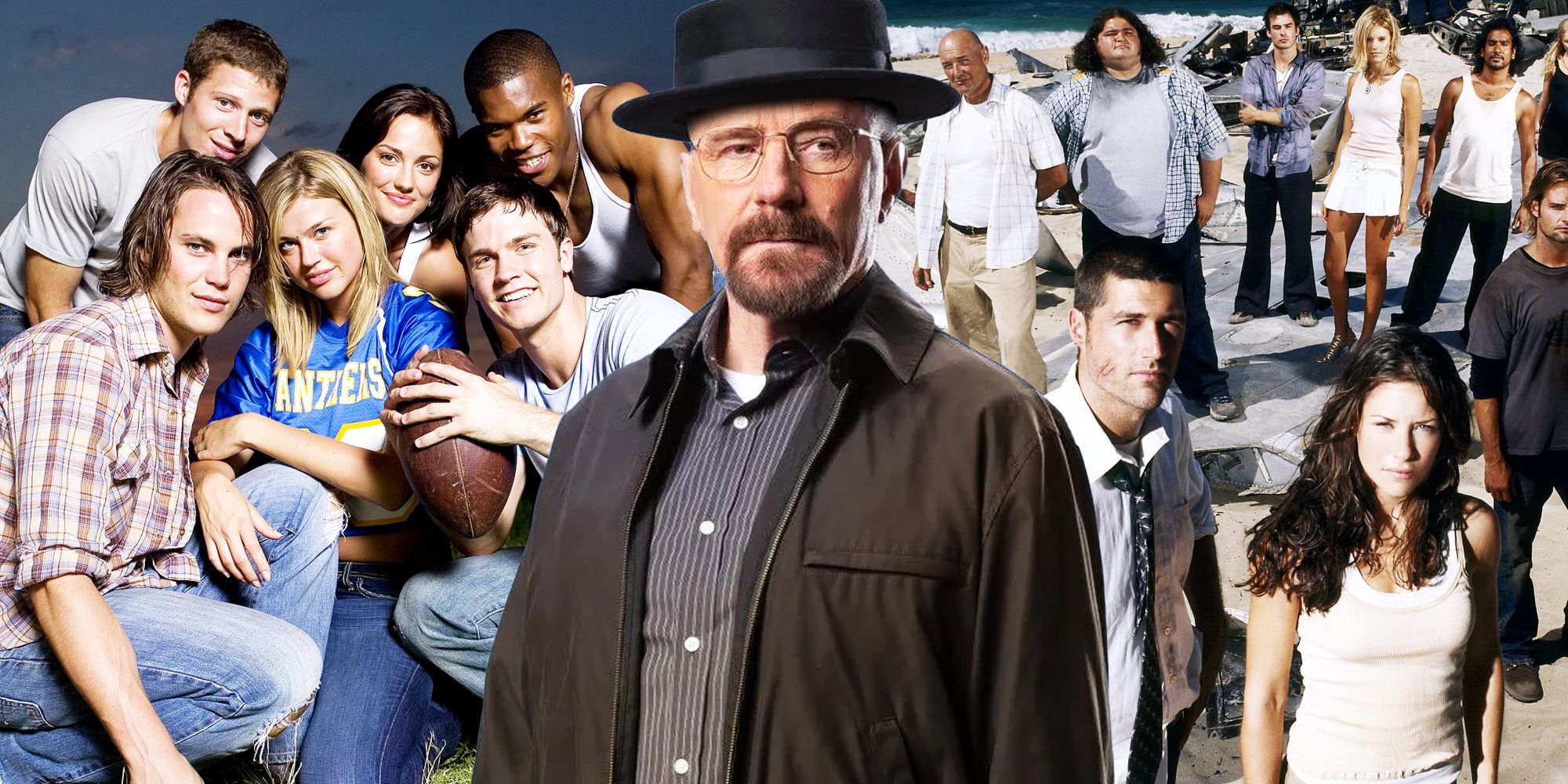
Related
10 TV Shows The 2007 Writers' Strike Severely Affected
With another Writers Guild strike going on, now is a good time to look back on all of the TV shows that were severely changed by the 2007 strike.
The problems with Heroes during this period are obvious: Even more frustrating is how it impacted future seasons, which had to awkwardly course-correct without the proper setup. Looking back, the strike wasn’t the show’s fault, but the damage it caused is still felt 19 years later. While the WGA strike was justified, it still significantly impacted the legacy of Heroes, perhaps more than any other show of the era.
Ali Larter’s presence in the Heroes cast should have been a major asset. At the time Heroes first hit the air, she was one of the most recognizable names on the cast list thanks to movies like Final Destination. However, across four seasons and three characters (Niki, Jessica, and Tracy), the show never quite figured out what to do with her. Each of Ali Larter’s characters in Heroes came with a new power and backstory, but none of them had the narrative weight or cohesion of the main cast’s arcs.
It’s one of the more persistent problems with Heroes - the show , but instead it just felt like diminishing returns. In a rewatch, it’s hard not to see these pivots as signs of creative indecision. Her characters had potential, but ultimately became side plots that never paid off. Even worse, Ali Larter’s Heroes characters often feel like they’re getting in the way of otherwise interesting plot points. For example, Micah (Noah Gray-Cabey) and D.L. (Leonard Roberts) trying to evade Linderman (Malcolm McDowell) was a gripping narrative idea, but was regularly sidelined by Niki/Jessica and their relatively weak dissociative identity disorder arc.
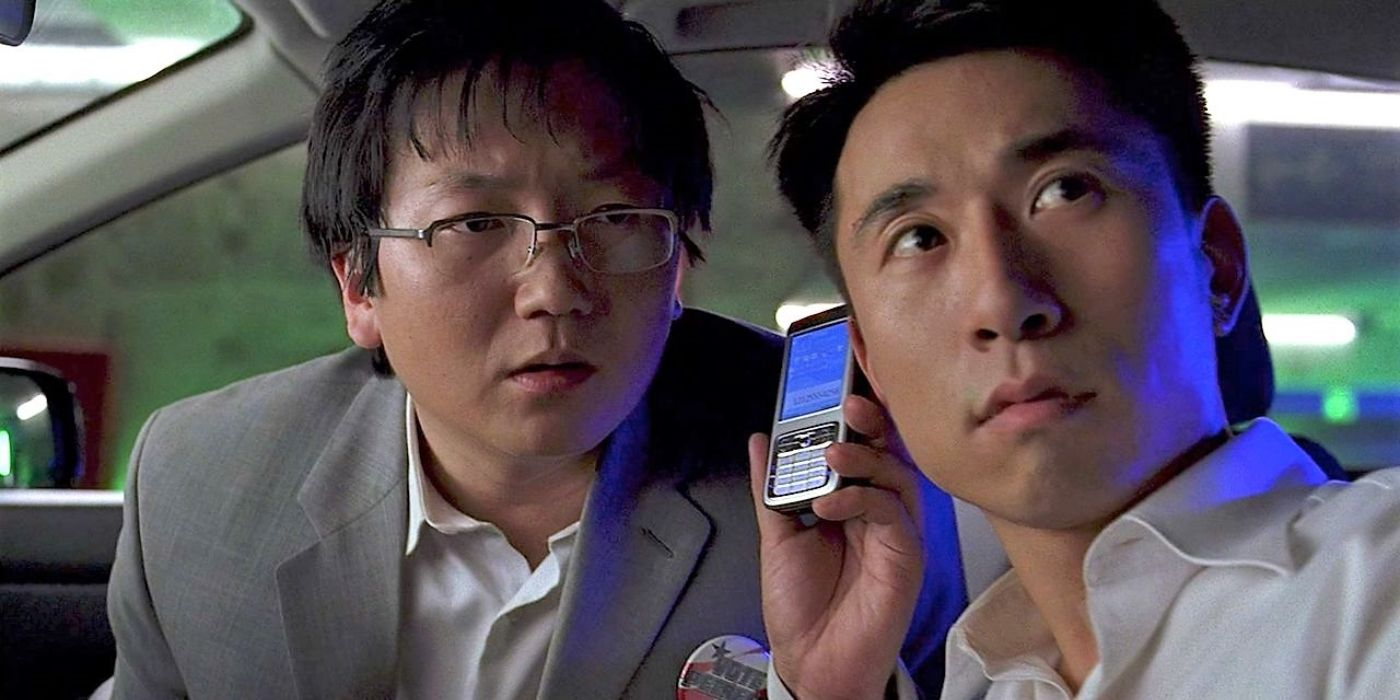
When Heroes first arrived, the characters were an interesting mix of people learning they had powers, and their human friends or family trying to adapt to the change. This mix of non-powered vs. powered characters in the Heroes roster was incredibly important, both for character development and keeping storylines engaging. Unfortunately, the show lost sight of this. Mohinder Suresh (Sendhil Ramamurthy) and Ando Masahashi (James Kyson) were standout supporting characters in Heroes precisely because they didn’t have powers. Suresh brought a scientific lens to the story, while Ando was Hiro’s moral compass and comedic foil.
However, as the show progressed, both characters gained powers - and, oddly enough, became less compelling. The problems with Heroes crop up again here: the . By giving everyone abilities, the show lost what made its world feel grounded. Suresh’s mutation arc, in particular, derailed his storyline into incoherent body horror-lite, and Ando’s supercharge ability felt more like a plot cheat than meaningful growth.
Claire Bennet (Hayden Panettiere) was the emotional anchor of Heroes in the early seasons. Her arc was central to the series’ iconic “Save the cheerleader, save the world” plotline, and she was set up to be a central figure as the show progressed, especially given that her adoptive father, Noah (Jack Coleman), was the man responsible for bringing superpowered individuals for The Company. However, after Sylar (Zachary Quinto) absorbed her regenerative powers, Claire’s importance dramatically waned.
While this shouldn’t have changed how important Claire was to the unfolding plot of Heroes, the show struggled to give her anything impactful to do after that. It’s a clear example of the problems with Heroes and how it handled power scaling. Once Sylar was unstoppable, - often just tagging along with Noah or Peter Petrelli (Milo Ventimiglia). Her arc stagnated, and in hindsight, her best moments were all in the rearview.
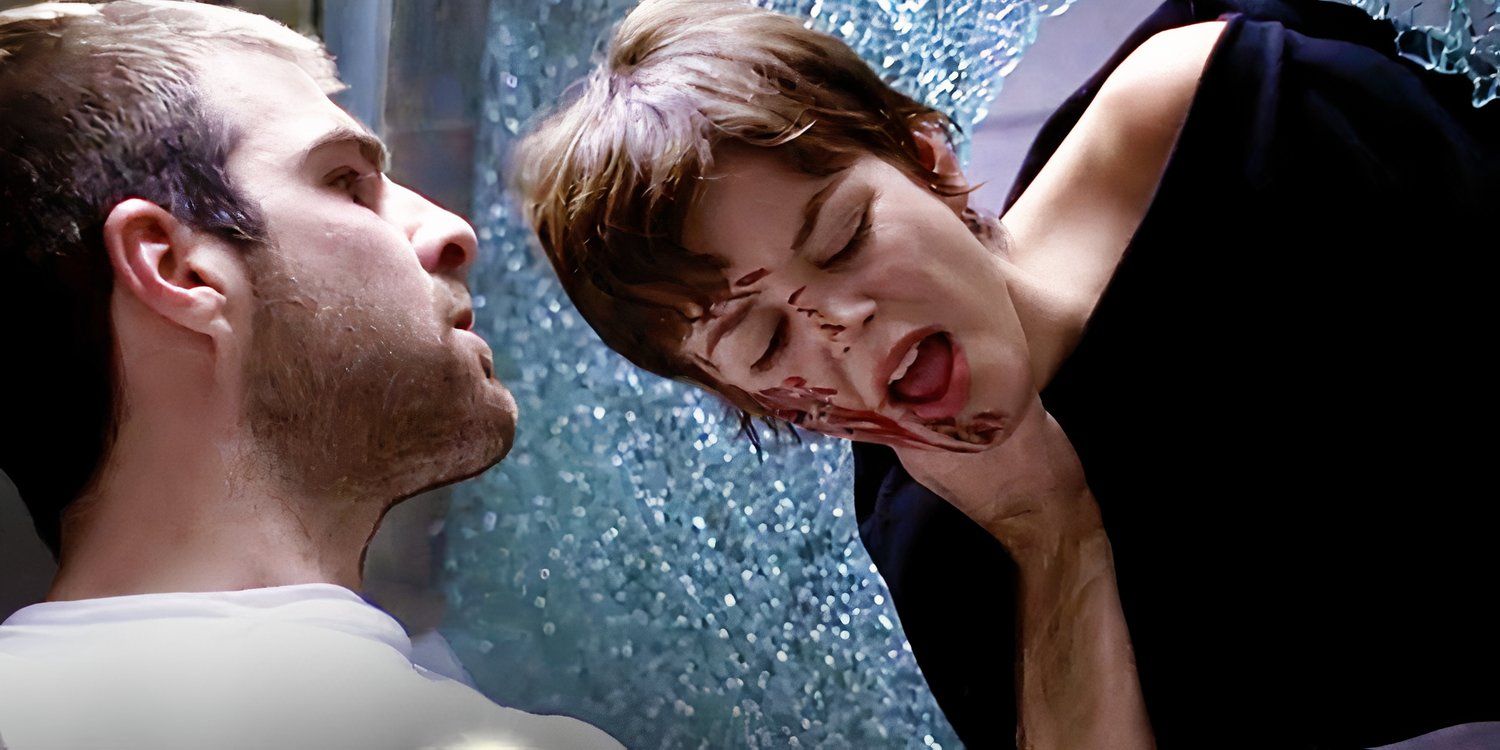
One of Heroes’ most promising elements was its wide variety of powers - not just the standard flight or invisibility, but genuinely unique abilities like melting objects (Zane Taylor), verbal suggestion (Eden McCain), inducing blackouts, or projecting illusions. But these powers were often introduced only to be forgotten, sidelined, or absorbed by Sylar with no further exploration. This is one of the more frustrating problems with Heroes during a rewatch.
The show teased a massive world of unique abilities but . It’s especially disappointing when characters like Sylar acquire an interesting new power - like melting any object into a liquid - and then never use it again. Missed opportunities like this add up quickly. By leaning more and more into commonplace powers like invulnerability, flight, and invisibility, Heroes became less of a deconstruction of popular superhero properties like Marvel and DC, and more of a gritty copy of them.
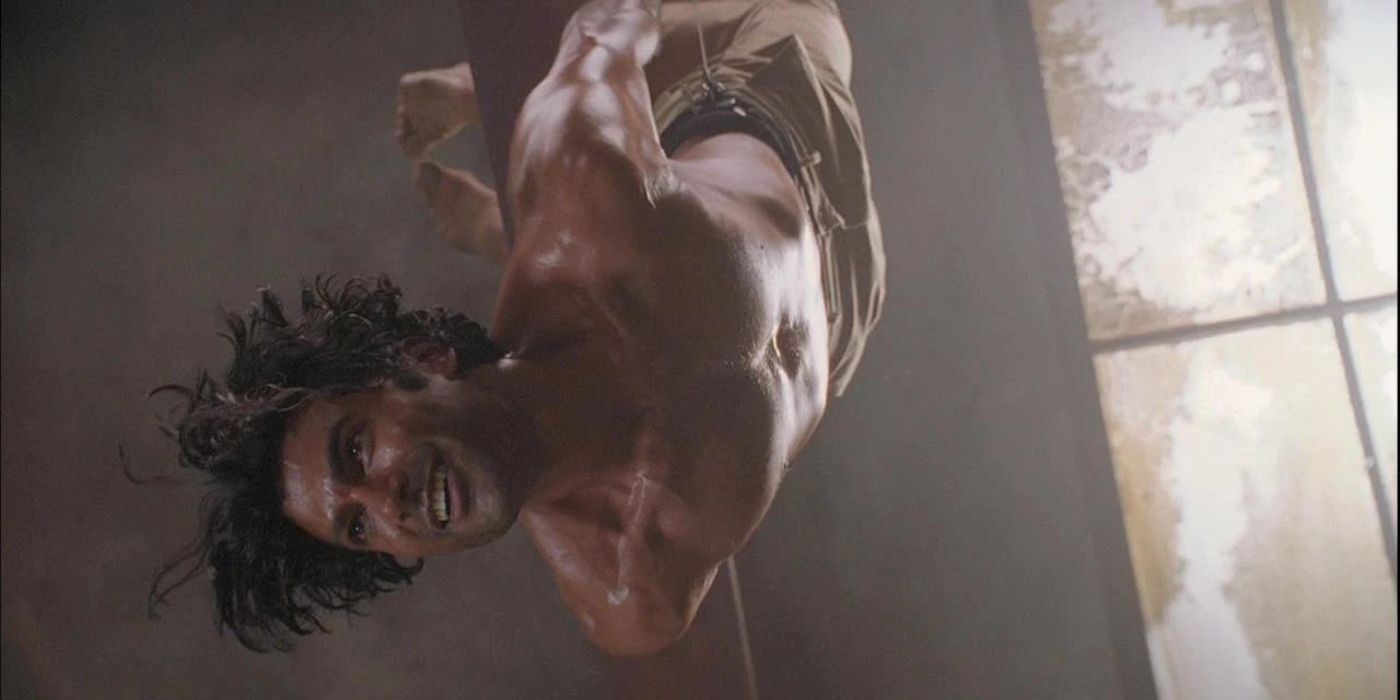
Many fans refer to Heroes as “the right show at the wrong time”, and this can be clearly seen in the series regularly dipping its toes into horror waters, only to retract them at the last minute. There were flashes of horror greatness in Heroes, but they fact they were only flashes remains beyond frustrating. Mohinder’s grotesque transformation into a half-spider mutant during Heroes season 3 and Sylar’s creepy dissection of his victims hinted at a darker show lurking beneath the surface. Unfortunately,
This restraint is one of the problems with Heroes that becomes glaringly obvious today. In a post-The Boys world, it’s clear Heroes could’ve carved a niche as a horror-tinged superhero series. But instead, it stuck to a PG-13 tone, robbing the show of the full weight and terror of its premise. The unsettling build-up was often stronger than the payoff. Had Heroes arrived in the 2020s, there’s little doubt these moments would have been put to screen with the full grizzly glory they deserved.
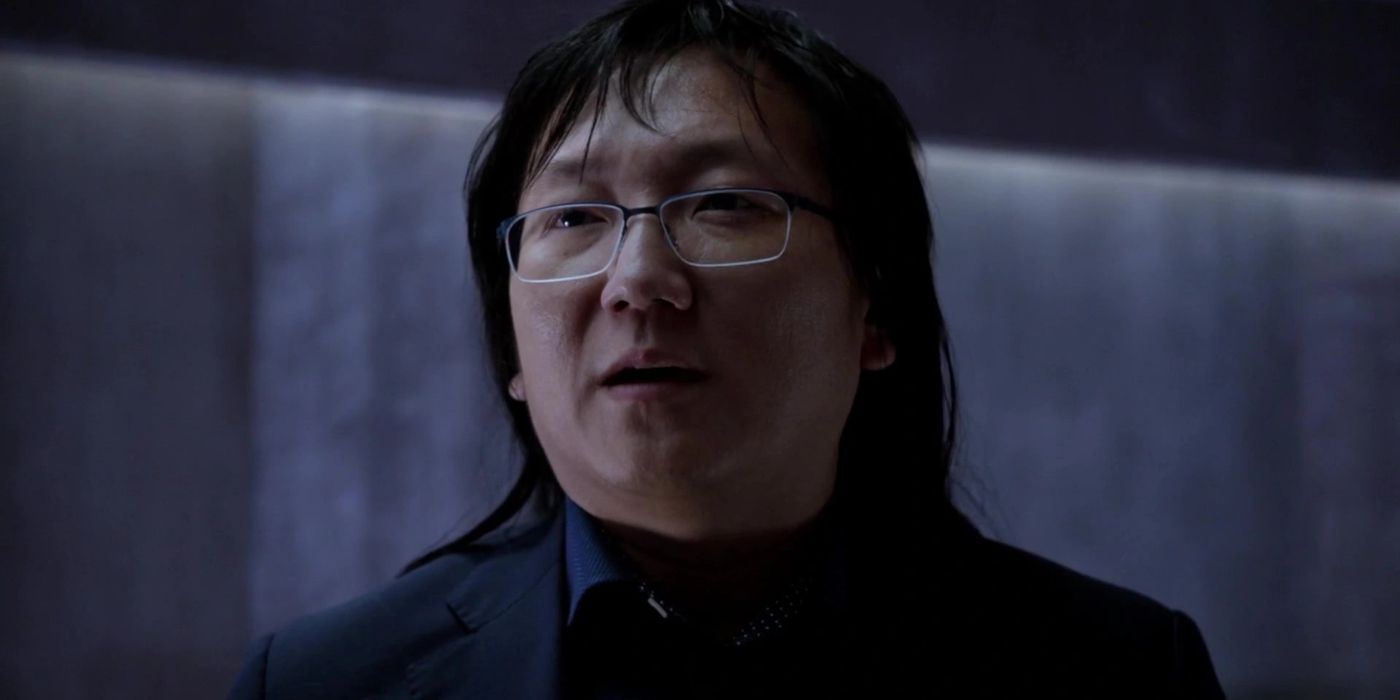
On a first watch, Heroes is full of jaw-dropping twists - betrayals, surprise powers, secret relatives. However, on a rewatch, those cliffhangers don’t just lose impact; they reveal how often the show used them as crutches. Plot twists are dropped in rapidly, but rarely given the breathing room to matter. This repetition is one of the enduring problems with Heroes.
Sadly, Hereos prioritized short-term shock over long-term storytelling, so once you know what’s coming, the weaknesses in structure and pacing become obvious. The constant cliffhangers eventually turn into white noise, with This is an issue that’s as much a product of the “tune in next week” format and twist-driven entertainment landscape created by Lost a few years earlier, but that doesn’t make it any easier to ignore.
While heel-turns and redemption arcs may work in WWE and shows like Game of Thrones, they didn’t fit at all well into the world of Heroes. Several Heroes villains ended up becoming protagonists by the time the show concluded, but in doing so they lost the essence of what made them great in the first place. Sylar started off as a terrifying antagonist - a serial killer with a hunger for power and no moral compass. However, by Heroes season 4, the show had turned him into a reluctant antihero with amnesia, hallucinations, and even redemption arcs.
The menace of Sylar was gone, replaced by confusion and cliché in a storyline that felt incredibly similar to Peter Petrelli’s, just with a little more guilt. It’s one of the biggest problems with Heroes: it couldn’t commit to its own character dynamics. Sylar’s descent into moral ambiguity might’ve worked if handled with care, but it felt like a transparent attempt to keep a popular character on the board. Meanwhile, too many “good” characters also inexplicably went evil, such as Matt Parkman (Greg Grunberg) being the villain of 2015’s Heroes Reborn. The

A key criticism of Heroes is that it started on a much stronger note than it finished on, and the lack of character development is a key reason why. As Heroes went on, its early strength - emotionally grounded character arcs - got buried under convoluted plotlines. Relationships fell apart off-screen, motivations changed with little explanation, and character growth stalled entirely. By season 3, the characters felt like pawns in a twist machine.
This issue is one of the central problems with Heroes. Rewatching now, it’s clear that the show lost sight of the very thing that made season 1 so special. Characters like Hiro (Masi Oka), Matt, and Peter were compelling because they felt real, but the This became all the more apparent as new characters were introduced in later seasons, such as Heroes season 4’s two-dimensional villain Samuel (Robert Knepper), who has little motivation beyond killing non-powered humans.
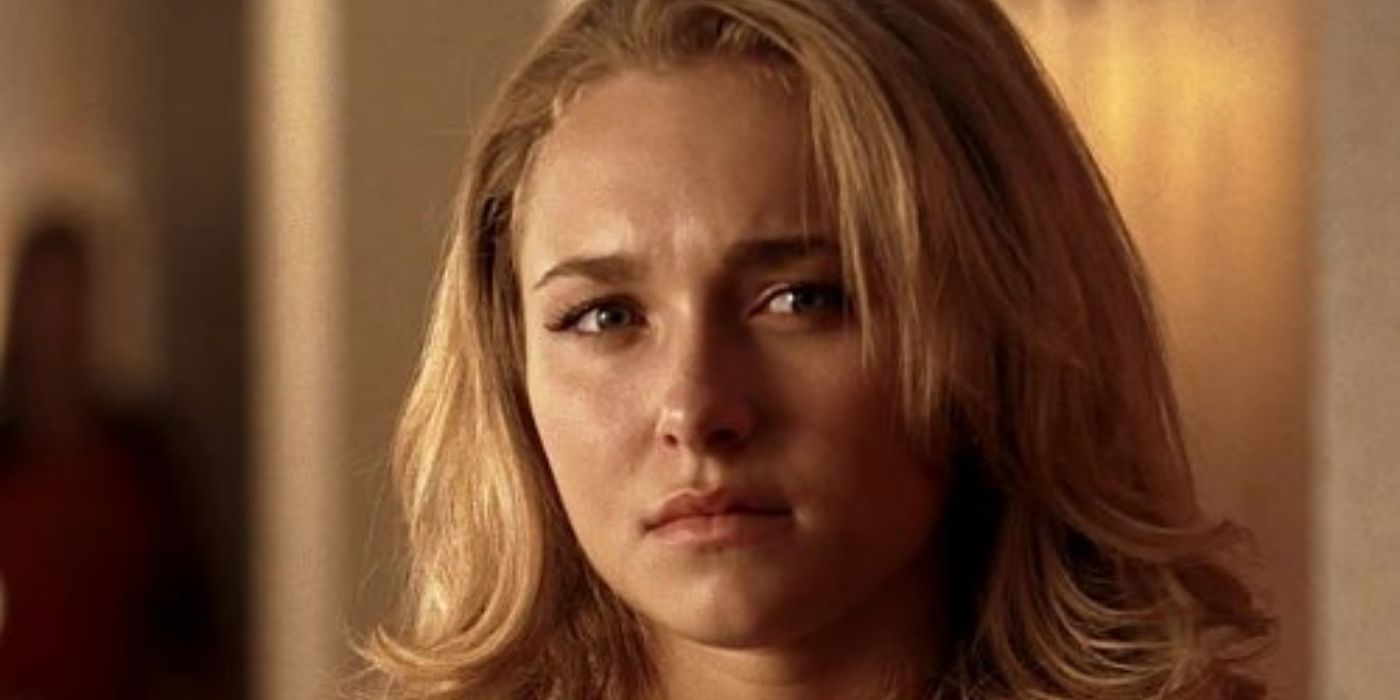
The biggest and most unignorable problem when watching Heroes is that everything following season 1 is a downhill journey. Season 1 of Heroes remains one of the best first seasons of any TV show. “Save the cheerleader, save the world” was , with every subplot feeding into a single, powerful climax. After that, the show never found another arc with that kind of narrative focus.
This is the defining problem with Heroes in hindsight. Every season that followed tried to replicate the magic but ended up more convoluted and less emotionally resonant. The bar was set impossibly high, and Heroes spent four years proving it could never clear it again. It’s not that seasons 2-4 are unwatchable. They have some great moments. However, in terms of being a cohesive story that keeps viewers on the edge of their seat from start to finish, nothing offered in after “save the cheerleader, save the world” feels satisfactory, even decades later.
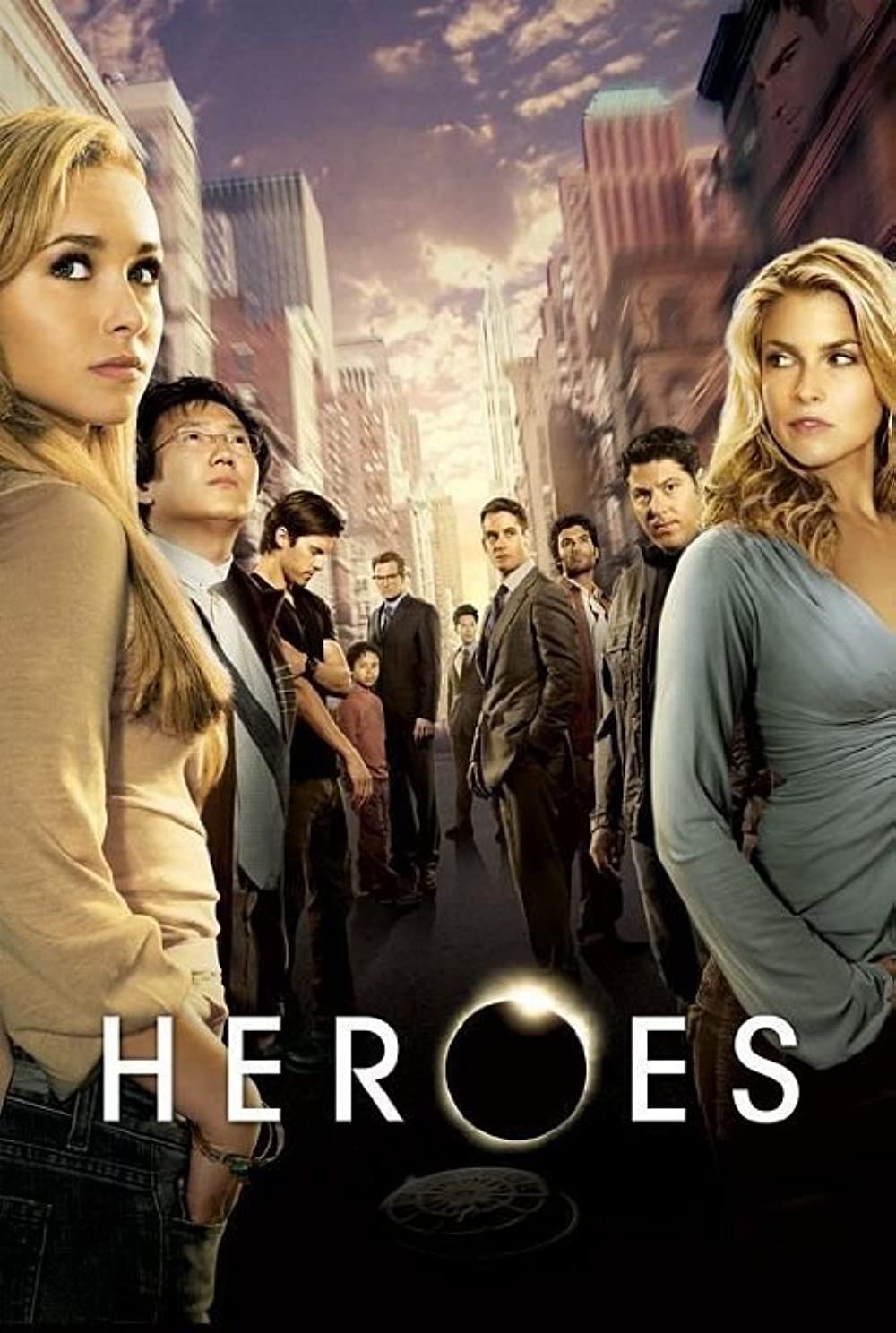
Heroes

6/10
- 2006 - 2010-00-00
- NBC
- Tim Kring
- Allan Arkush, Jeannot Szwarc, Adam Kane, Greg Yaitanes, Sergio Mimica-Gezzan, Roxann Dawson, Paul A. Edwards, John Badham, Donna Deitch, Kevin Dowling, Seith Mann, Ron Underwood, Paul Shapiro, Lesli Linka Glatter, S.J. Clarkson, Daniel Attias, David Straiton, Kevin Bray, David Semel, Holly Dale, Ed Bianchi, Nathaniel Goodman, Christopher Misiano, Ernest R. Dickerson
- Tim Kring
